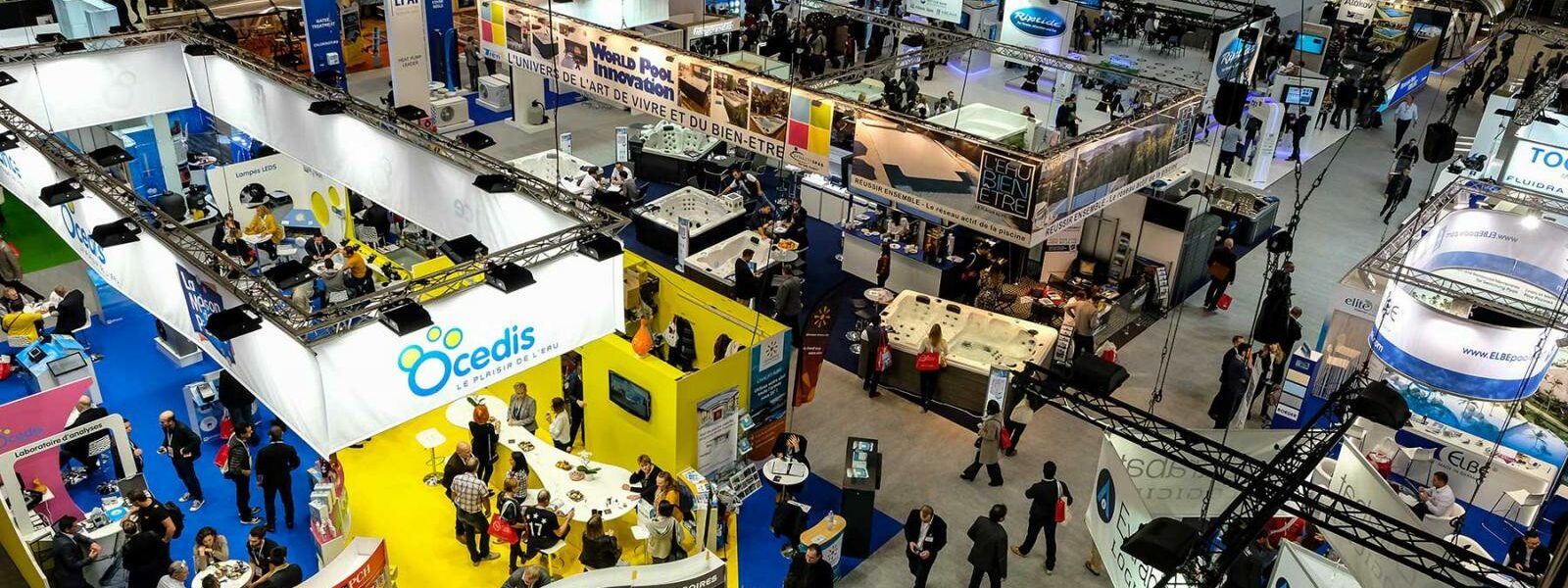Introduction
Exhibitions have long been a cornerstone of human culture, serving as platforms for sharing knowledge, preserving history, and showcasing artistic expression. Over the centuries, exhibitions have evolved from simple displays of artifacts to immersive and interactive experiences that engage and captivate audiences. This article delves into the fascinating journey of exhibitions, tracing their origins, development, and the technological advancements that have transformed them into the modern spectacles we know today.
I. Historical Origins of Exhibitions
Exhibitions can trace their roots back to ancient civilizations, where artifacts and valuable objects were showcased to convey power, status, and cultural significance. The Great Exhibition of 1851, held in London’s Crystal Palace, marked a significant turning point. Organized by Prince Albert and Henry Cole, it showcased the products of industrialization, symbolizing progress and innovation. This event laid the foundation for the modern world’s approach to exhibitions, emphasizing the convergence of science, industry, and culture.
II. Evolution of Exhibition Spaces
The late 19th and early 20th centuries witnessed the rise of dedicated exhibition spaces, such as galleries and museums. These institutions aimed to educate and inspire the public while preserving historical artifacts and works of art. The Louvre in Paris and the British Museum in London became iconic symbols of this movement. As these spaces evolved, curatorial practices developed, leading to innovative ways of presenting objects that engaged visitors intellectually and emotionally.
III. Technological Advancements
The 20th century brought rapid technological advancements that revolutionized exhibitions. The introduction of audio guides, multimedia displays, and interactive kiosks enhanced visitor experiences. Museums like the Smithsonian embraced these innovations, offering immersive exhibits that combined traditional artifacts with digital elements. The advent of the internet further expanded the reach of exhibitions, enabling virtual tours and online collections accessible to global audiences.
IV. From Objects to Experiences
In recent decades, exhibitions have shifted from passive displays to interactive experiences. Science centers and children’s museums, like San Francisco’s Exploratorium, pioneered this trend by offering hands-on exhibits that encourage learning through play. Moreover, art installations like Yayoi Kusama’s Infinity Rooms have transformed the way visitors engage with art, blurring the lines between viewer and artwork.
V. The Rise of Immersive Exhibitions
The 21st century has witnessed a surge in immersive exhibitions that stimulate all the senses. Exhibitions like ”Rain Room” by Random International and “TeamLab Borderless” in Tokyo create surreal environments where visitors become integral to the art. Augmented reality (AR) and virtual reality (VR) technologies have enabled the creation of alternate realities, allowing visitors to explore historical events or fantastical landscapes firsthand.
VI. Navigating Cultural and Ethical Challenges
As exhibitions become more advanced, they raise questions about cultural representation and ethical considerations. The “Decolonize This Place” movement and debates over repatriation have highlighted the need for exhibitions to tell diverse and inclusive stories, respecting the origins and contexts of displayed objects. Striking a balance between education, entertainment, and cultural sensitivity remains a challenge in the evolving landscape of exhibitions.
VII. Environmental Sustainability in Exhibitions
In recent years, there has been a growing awareness of the environmental impact of exhibitions. The construction of elaborate exhibition spaces, transportation of artifacts, and energy consumption all contribute to carbon footprints. Sustainable practices, such as using recycled materials and adopting energy-efficient technologies, are gaining prominence to reduce the ecological footprint of exhibitions.
VIII. The Future of Exhibitions: Blending Realities
Looking ahead, the future of exhibitions lies in the seamless integration of physical and digital realms. Mixed reality (MR) experiences, which combine elements of the physical and virtual worlds, hold immense potential. Imagine walking through a historical exhibit where holographic guides provide real-time commentary, or exploring an art gallery where the paintings come to life through AR overlays.
Conclusion
Exhibitions have evolved from static displays of the past to dynamic and immersive experiences that engage, educate, and entertain. As technology continues to advance, the boundaries of what exhibitions can achieve are constantly expanding. Yet, amidst these transformations, the core purpose of exhibitions remains unchanged: to foster a deeper understanding of our world, its history, and its creative potential. By embracing innovation while upholding principles of cultural sensitivity and sustainability, exhibitions will continue to inspire generations to come.






